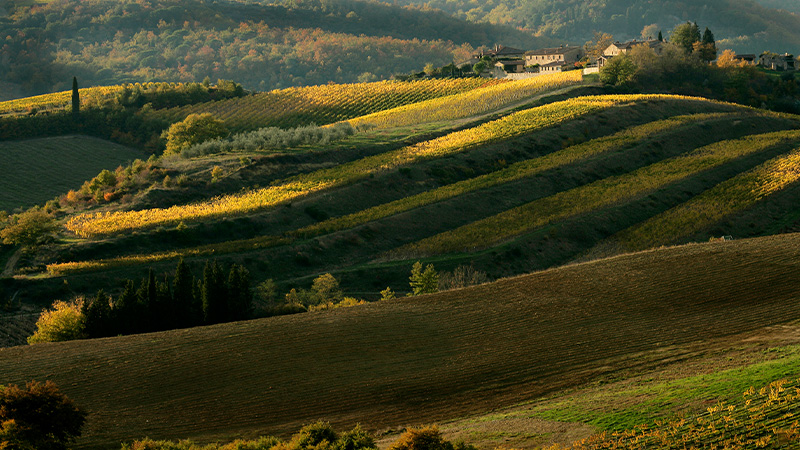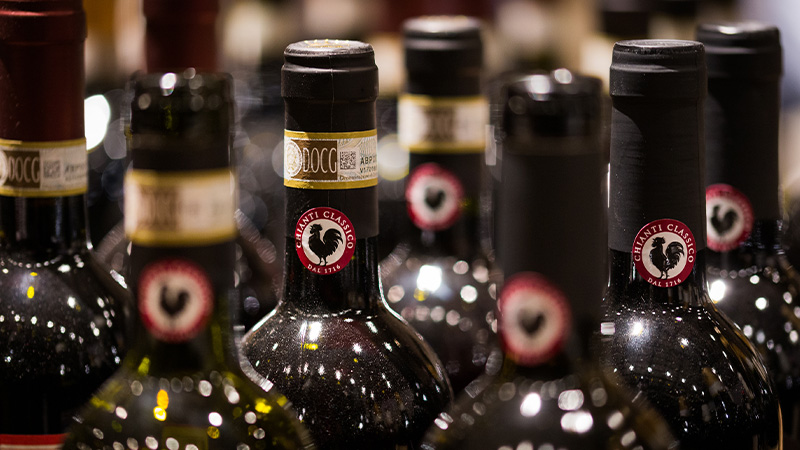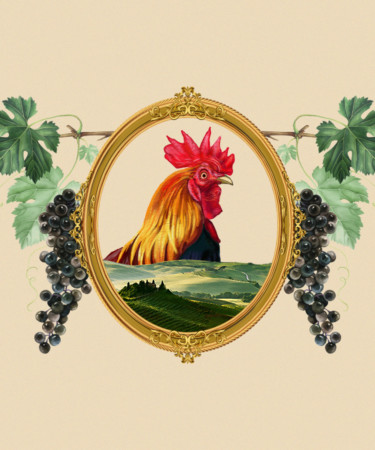Italian wine relies on a classification system littered with acronyms: DOC (Denominazione di Origine Controllata) and DOCG (Denominazione di Origine Controllata e Garantita) markers indicate wines that meet certain levels of quality and geographical specificity, alongside IGT (Indicazione Geografica Tipica) wines, which indicate geographical specificity, and basic VdT (Vino da Tavola) selections, which can be made from any grapes grown throughout Italy.
Chianti Classico, one of Italy’s most renowned DOCGs for its robust, Sangiovese-based reds that perfectly pair with the region’s sun-drenched tomato dishes, is also one of the oldest wine regions worldwide — officially demarcating its winemaking territory as early as 1716. As of 2022, however, it is also adding some of the newest, distinct sub-denominations to the world wine map, along with a new acronym. Chianti Classico’s new UGA classification stands for Unità Geografiche Aggiuntive, or Additional Geographical Units, and will allow Chianti Classico producers to include this additional, sub-regional information on certain bottles.

The 11 new Chianti Classico UGAs were voted on in June 2021 by the Consorzio Vino Chianti Classico, a cooperative of the regions’ winemakers whose function is to “protect, oversee, and valorize” the Chianti Classico DOCG. According to the Consorzio, the goals for the UGA designation include “increasing quality in terms of identity and territoriality, allowing consumers to know where the grapes come from, and stimulating demand by differentiation.” The region’s producers delineated the geographical units based on specific criteria such as oenological recognizability, historical authenticity, renown, and volume of wine produced, resulting in the following UGAs: Greve, Lamole, Panzano, Radda, Gaiole, Castelnuovo Berardenga, Vagliagli, Castellina, San Donato in Poggio, San Casciano, and Montefioralle.
Variations in soil composition, elevation, exposure, and slope steepness can result in distinctive wines even within a small geographical boundary, and Chianti Classico’s new UGAs are a way for winemakers to express this. “We strongly believe that a denomination like Chianti Classico thrives on the different nuances found within its territory,” says Emilia Marinig, global head of marketing at Chianti Classico’s famed Querciabella, whose vineyards primarily fall within the Greve UGA. “The introduction of the UGAs strengthens the identity and authenticity of the wine and enables producers to really focus on making site-specific wines. It also elevates the value of Chianti Classico as a whole appellation on par with some of the world’s most exclusive terroirs.”
As a point of geographical comparison, France’s Burgundy includes 77 AOCs (Appellations d’Origine Contrôlée) within its 13,000 hectares, compared to Chianti Classico’s 11 UGAs within its 70,000 hectares. Producers in Italy’s DOCG Barolo undertook a measure similar to Chianti Classico’s in 2010, resulting in 181 new MGAs (Menzione Geografica Aggiuntive) in a region scarcely 5 percent of Chianti Classico’s size. Keeping the number of UGAs low was intentional on the part of the Consorzio, however, so that consumers could realistically get to know the different characteristics of each UGA.
For now, the UGA classification will only apply to Gran Selezione (GS) wines within Chianti Classico, which helps firmly establish the distinctions between the new geographical units, since these high-caliber wines must be grown and bottled on the estate, aged a minimum of 30 months, and produced from a single vineyard or from a selection of the estate’s best grapes. At a grand tasting event of Chianti Classico wines held in New York City in March, Consorzio president Giovanni Manetti indicated that Riserva and Annata selections — Chianti Classico distinctions with lesser aging and vineyard requirements — may eventually be able to use the UGA identifiers as well.

In a press release regarding the new UGAs, wine cartographer and scholar Alessandro Masnaghetti explains the significance of this move by the Consorzio Vino Chianti Classico: “The introduction of the UGAs represents an epochal turning point for the denomination. A change of perspective that leads producers and their wines to be no longer single actors, but expressions of a territory in relation to each other.”
